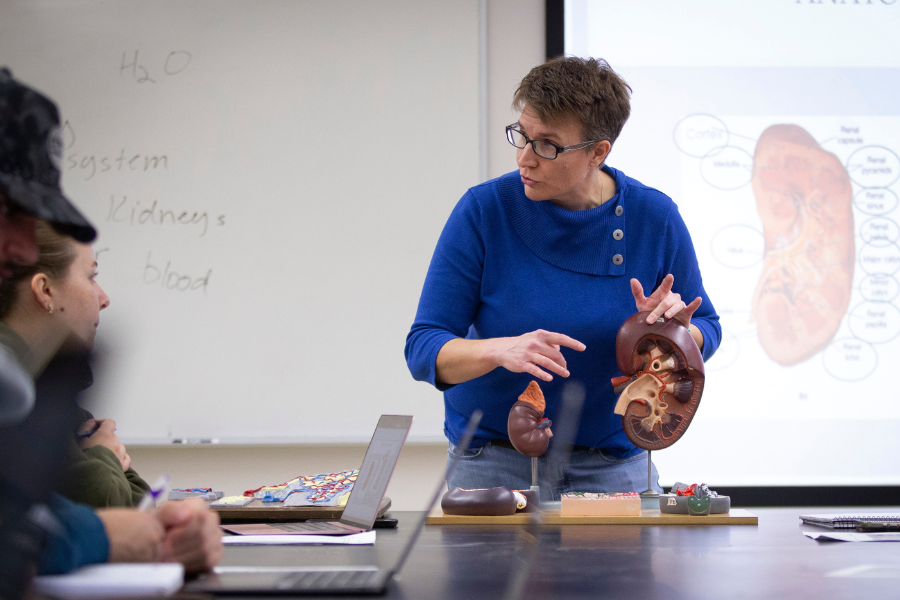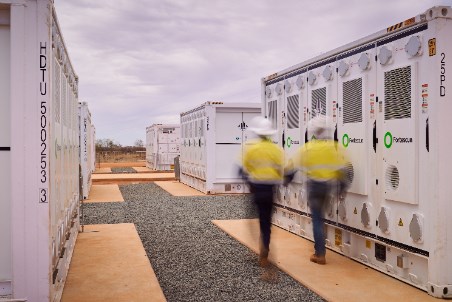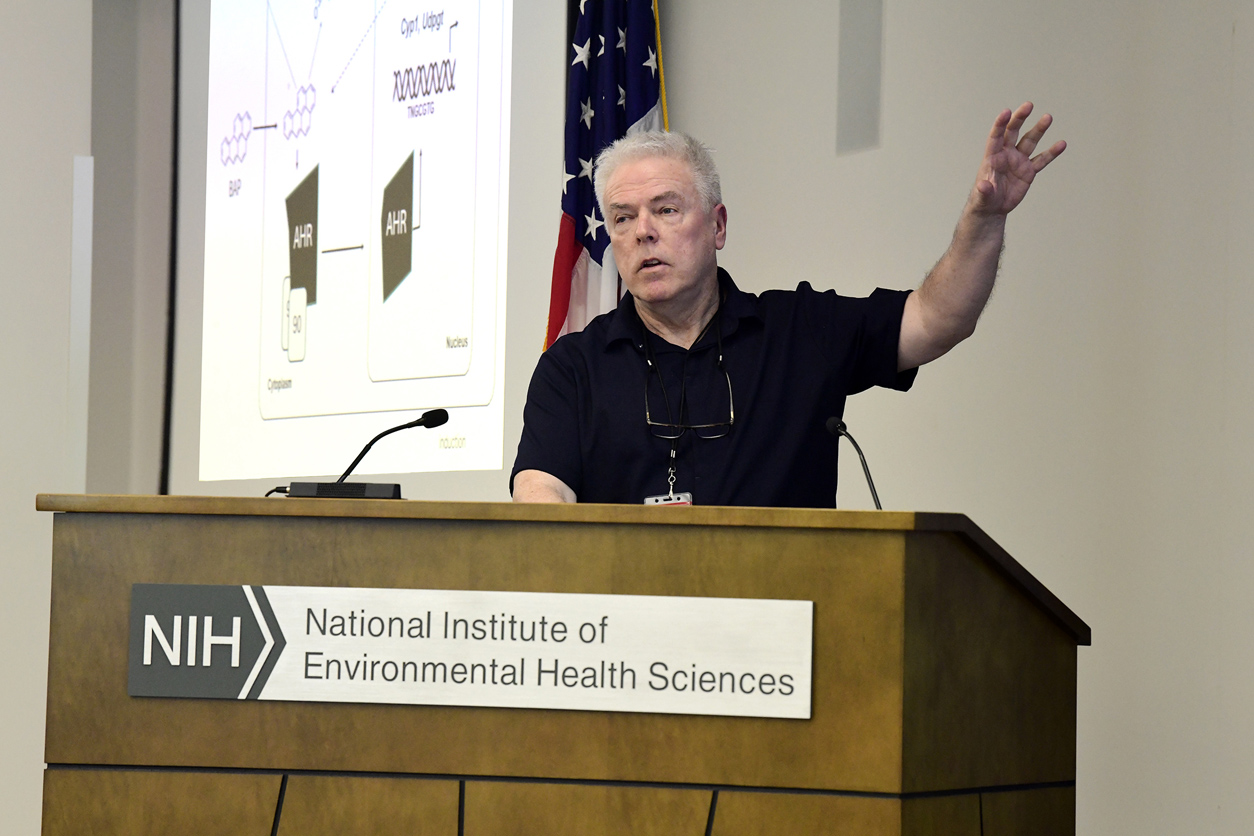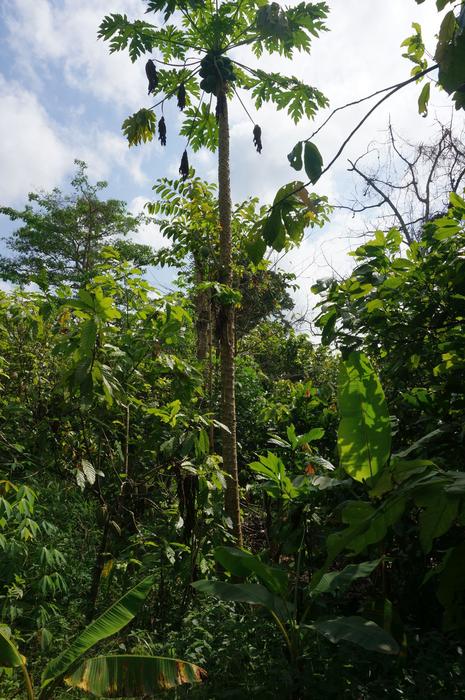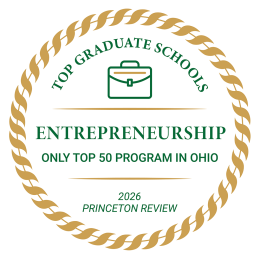Biowaste innovation could advance green medicine production – European Pharmaceutical Review

Report on Sustainable Pharmaceutical Production from Agricultural Biowaste
Introduction: A Novel Approach Aligned with Sustainable Development Goals
Research from Nazarbayev University in Kazakhstan has demonstrated a novel and sustainable method for producing essential medicines from agricultural waste. This innovation directly supports several United Nations Sustainable Development Goals (SDGs) by offering an environmentally friendly and cost-effective alternative to conventional, fossil fuel-dependent pharmaceutical manufacturing.
Methodology and Technological Innovation
The research team successfully converted agricultural byproducts into active pharmaceutical ingredients. This process contributes significantly to SDG 9: Industry, Innovation, and Infrastructure by advancing green technology within the pharmaceutical sector.
- Source Material: Corncobs and rice husks were utilized as the primary biowaste.
- Key Component: Hemicellulose, a substance abundant in these and other agricultural wastes, was extracted as the precursor for synthesis.
- Synthesized Medicines: The team produced compounds for prazosin (used to treat hypertension) and furosemide (used to treat fluid retention).
- Technology: Continuous flow reactors were employed to facilitate the synthesis, representing an advancement in efficient and sustainable manufacturing processes.
Impact on Responsible Consumption and Production (SDG 12)
This method establishes a circular economy model within the pharmaceutical supply chain, directly addressing the targets of SDG 12: Responsible Consumption and Production.
- Reducing Reliance on Fossil Fuels: The process provides a viable alternative to deriving pharmaceutical compounds from non-renewable sources, decreasing the industry’s carbon footprint.
- Upcycling Agricultural Waste: It transforms low-value agricultural byproducts into high-value medical substances, minimizing waste and adding economic value to the agricultural sector.
- Promoting Sustainable Manufacturing: The research pioneers a greener production pathway, encouraging a global shift towards more sustainable industrial practices.
Contributions to Global Health and Climate Action
The implications of this research extend to global health and environmental stewardship, aligning with SDG 3: Good Health and Well-being and SDG 13: Climate Action.
- Enhanced Access to Medicines (SDG 3): By developing a more cost-effective production method for essential drugs, this innovation has the potential to make critical treatments for conditions like hypertension more affordable and accessible globally.
- Mitigating Climate Change (SDG 13): Reducing the pharmaceutical industry’s dependence on fossil resources is a crucial step in mitigating climate change and building a more sustainable global healthcare system.
Future Commercialization and Vision
The Nazarbayev University team intends to patent and commercialize this technology. Professor Nurxat Nuraje highlighted the potential for this innovation to position Kazakhstan as a leader in green pharmaceutical technologies. This forward-looking approach underscores the research’s capacity to contribute to a resilient and sustainable global framework for health and manufacturing, in line with the collaborative spirit of SDG 17: Partnerships for the Goals.
1. Which SDGs are addressed or connected to the issues highlighted in the article?
-
SDG 3: Good Health and Well-being
- The article discusses a novel method for producing essential medicines for conditions like hypertension and fluid retention. This directly contributes to ensuring healthy lives and promoting well-being by aiming to make crucial pharmaceuticals more accessible and affordable.
-
SDG 9: Industry, Innovation, and Infrastructure
- The research from Nazarbayev University represents a significant innovation in pharmaceutical manufacturing. By developing a “greener” and more sustainable industrial process using continuous flow reactors and biowaste, the article highlights efforts to build resilient infrastructure and foster innovation, as mentioned in the goal to “position our country as a leader in green pharmaceutical technologies.”
-
SDG 12: Responsible Consumption and Production
- The core theme of the article is creating a sustainable production alternative. It focuses on converting agricultural waste (rice husks, corncobs) into valuable products, thereby reducing waste and promoting a circular economy. This directly addresses the need for sustainable consumption and production patterns by reducing reliance on non-renewable resources like fossil fuels.
2. What specific targets under those SDGs can be identified based on the article’s content?
-
Target 3.8: Achieve universal health coverage, including access to affordable essential medicines.
- The article states that the new method could facilitate the creation of “essential medicines” and lead to “more affordable pharmaceutical production.” This directly aligns with the goal of ensuring access to affordable essential medicines for all.
-
Target 9.4: Upgrade infrastructure and retrofit industries to make them sustainable, with increased resource-use efficiency and greater adoption of clean and environmentally sound technologies.
- The research proposes a method that is an “environmentally friendly alternative” to traditional pharmaceutical production. By using agricultural waste instead of fossil fuels, it increases resource-use efficiency and represents the adoption of a “sustainable” and “green” technology, which is the essence of this target.
-
Target 12.2: Achieve the sustainable management and efficient use of natural resources.
- The article highlights a shift away from deriving pharmaceutical compounds from “non-renewable sources, such as fossil fuels” towards using “agricultural waste.” This is a clear example of moving towards the sustainable management and more efficient use of natural resources.
-
Target 12.5: Substantially reduce waste generation through prevention, reduction, recycling, and reuse.
- The entire process described involves reusing materials that would otherwise be considered waste. The statement, “By turning agricultural waste into essential medicines,” is a direct application of this target, as it finds a high-value reuse for byproducts like rice husks and corncobs.
3. Are there any indicators mentioned or implied in the article that can be used to measure progress towards the identified targets?
-
Indicator for Target 3.8: Proportion of the population with access to affordable essential medicines.
- While the article doesn’t provide statistics, it implies that the new “cost-effective method” will make essential medicines like prazosin and furosemide “more affordable.” Progress could be measured by tracking the price and availability of these specific drugs if the technology is commercialized.
-
Indicator for Target 9.4: Reduction in industry’s reliance on fossil fuels.
- The article explicitly states that the “novel approach could reduce the industry’s reliance on fossil fuels.” An implied indicator is the volume or percentage of pharmaceutical compounds produced using biowaste as a feedstock versus those produced using fossil fuels.
-
Indicator for Target 12.5: Amount of agricultural waste recycled or reused.
- The article focuses on converting “rice husks and corncobs” into medical substances. An implied indicator for progress would be the quantity (in tonnes) of agricultural biowaste, such as corncobs and rice husks, that is diverted from disposal and repurposed for pharmaceutical production.
4. Table of SDGs, Targets, and Indicators
| SDGs | Targets | Indicators (Identified or Implied in the Article) |
|---|---|---|
| SDG 3: Good Health and Well-being | Target 3.8: Achieve access to affordable essential medicines. | Increased affordability and availability of essential medicines (prazosin, furosemide) produced via the new method. |
| SDG 9: Industry, Innovation, and Infrastructure | Target 9.4: Upgrade industries to make them sustainable and adopt clean technologies. | Reduction in the pharmaceutical industry’s reliance on fossil fuels; adoption of biowaste-based production technologies. |
| SDG 12: Responsible Consumption and Production | Target 12.2: Achieve the sustainable management and efficient use of natural resources.
Target 12.5: Substantially reduce waste generation through reuse. |
Shift from non-renewable fossil fuels to renewable biowaste as a primary resource.
Quantity of agricultural waste (rice husks, corncobs) reused for pharmaceutical production. |
Source: europeanpharmaceuticalreview.com

What is Your Reaction?
 Like
0
Like
0
 Dislike
0
Dislike
0
 Love
0
Love
0
 Funny
0
Funny
0
 Angry
0
Angry
0
 Sad
0
Sad
0
 Wow
0
Wow
0




